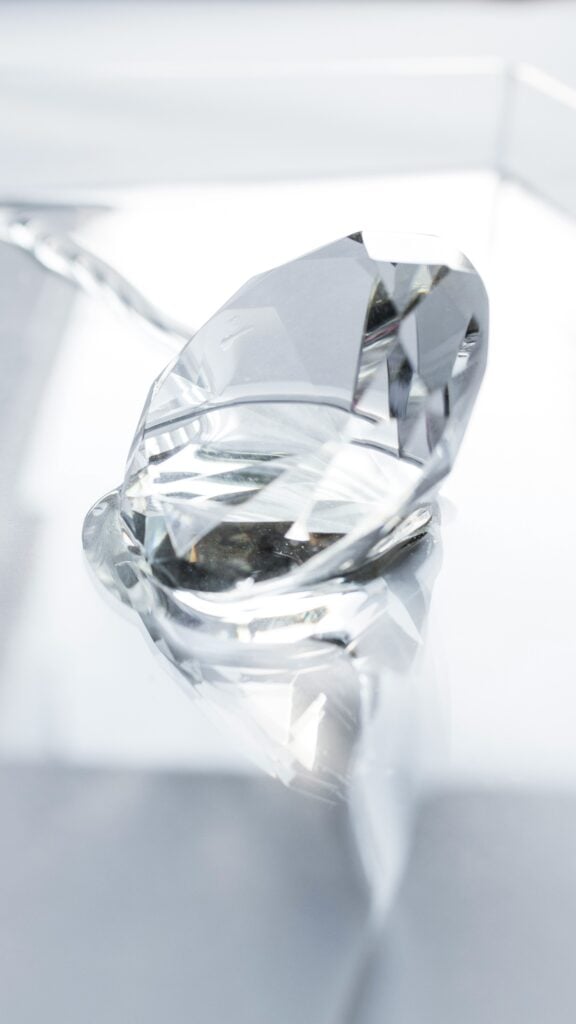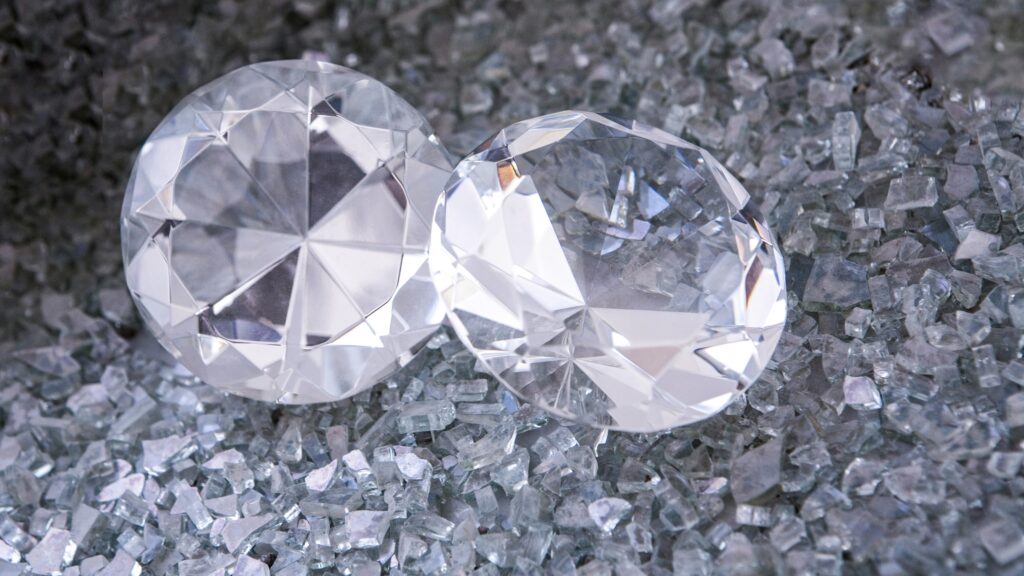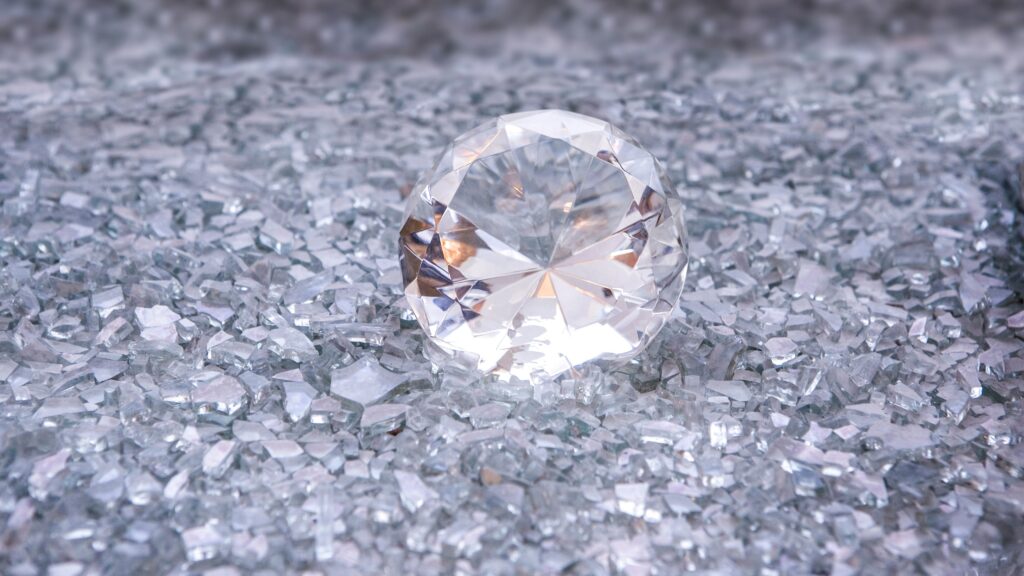Over the past couple of years, there has been a lot of buzz surrounding lab-grown diamonds. As more and more jewellery manufacturers use them in their pieces, you may be wondering what makes them result to this. The introduction of lab-grown diamonds has made it even harder for consumers to weigh out their options. So we have curated a list of the pros and cons of lab-grown diamonds to help you decide whether purchasing one is worth it. After all, buying this type of gemstone is one of the most momentous purchases someone will ever make!
What is a Lab-Grown Diamond?
In simple terms, a lab-grown diamond is just like a mined diamond. The only difference is that they are grown from a mined diamond ‘seed’ by scientists using state-of-the-art technology. So, exactly like mined diamonds, they consist of carbon atoms in a lattice crystal structure. Scientists can create lab-grown diamonds in one of two ways. The first can be done through the High-Pressure High-Temperature (HPHT) method, which replicates the natural conditions under which diamonds were formed in the Earth’s mantle millions of years ago. While the second can be done through Chemical Vapour Deposition (CVD), which uses high heat to break carbon atoms free from their molecules; letting them settle onto a flat surface until a diamond forms.
Lab-grown diamonds have the same physical, chemical and optical properties as mined diamonds. Hence they appear identical to the naked eye. For this reason, and many more, people are starting to lean towards them with their purchase decisions.
Before diving into the pros and cons of lab-grown diamonds, it is important to acknowledge that they are not diamond stimulants. While the atomic makeup of lab-grown diamonds is the same as that of natural diamonds, diamond stimulants are not carbon based. These stones are manufactured to look like diamonds, but are instead made from materials like cubic zirconia or moissanite.
Pros of Lab-Grown Diamonds
Affordability
One of the top reasons to buy lab-grown diamonds is that they are more affordable. These diamonds can cost up to 30-40% less than a natural diamond of similar size, colour and clarity. While the capital costs for lab-grown diamonds are similar to natural diamonds, the supply chain is notably shorter. Since lab-grown diamonds skip the mining process, they touch fewer hands along the way. Hence resulting in a less expensive diamond. In addition, because lab-grown diamonds are man-made they are not dependent on nature. They are more abundant which makes them lower in price.
More Choice
As lab-grown diamonds are cost-friendly, there will be more choices in the type of diamond you can buy. More expensive colours like pink, blue or purple diamonds, which are naturally quite rare, may be more realistic with your price range. As well as this, you can also get a larger stone for your money. This alone makes them all that more appealing, especially for those couples looking to purchase engagement rings.
Sustainability
As well as degrading the environment, the typical diamond mining process has been historically known to put workers in dangerous or unsanitary conditions. By removing this, and creating the diamonds in a lab, not only do they become conflict-free but also a lot more sustainable. However, it is important to note that they are not entirely without their environmental impacts.
Cons of Lab-Grown Diamonds
Unlikely to Hold Value
Unfortunately, because more and more lab-grown diamonds are being made each day, if you want to trade one in you’ll only find out it’s worth pennies on what you paid for; the greater the supply, the less valuable the product. While you may pay less for your diamond now, you won’t likely get much or anything back from it later. If you want a diamond which holds up its value much better, and can be more of an investment, a natural diamond is the preferred choice.
Lack the Allure of Natural Diamonds
Since lab-grown diamonds are mass-produced, they tend to lose the natural allure of diamonds. The allure has always been that diamonds are an amazing, natural product of the earth that took millions of years to form. When producing diamonds in a lab or factory, not only does the allure get lost but also the rarity and uniqueness that comes alongside the precious gemstone.
Growing Process is not Completely Sustainable
While lab-grown diamonds eliminate the environmental issues with mining, they create sustainability issues of their own. The heat and pressure needed to create a lab-grown diamond demands large amounts of energy, so in fact they are not as sustainable as we think. As well as this, the factories and machines that produce the diamonds will require constant power. Many jewellery companies claim lab-grown alternatives are the more sustainable option, however there is evidence on both sides of the argument to counteract this.
What did you think of our pros and cons of lab-grown diamonds? Do you now know whether lab-grown diamonds are the perfect choice for you? Let us know in the comments!








